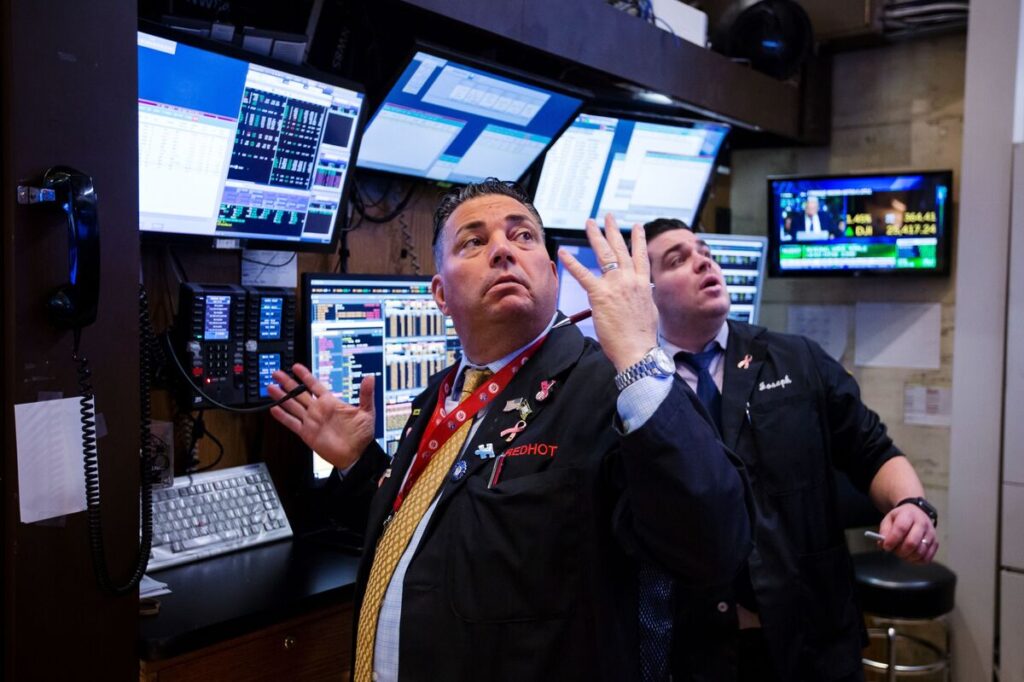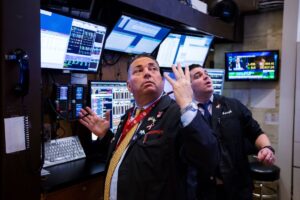
According to Dirk Willer, the Global Head of Macro Strategy at Citigroup, current market conditions indicate a significant stock market bubble. Willer points to research suggesting that the bubble has been in effect since May 2023. His analysis diverges from broader definitions of market bubbles, focusing instead on precise timing and pricing indicators that can effectively differentiate between a true bubble and a typical market boom.
Willer’s methodology emphasizes a strategic approach when engaging with bubbles. He argues that historically, the most effective strategy when a bubble forms is to invest in it, accepting that one may not be able to predict the peak perfectly. This perspective encourages investors to capitalize on the initial stages of a bubble instead of waiting for optimal exit points.
Understanding Market Indicators and Historical Context
In a recent episode of the “Odd Lots” podcast, Willer elaborated on his approach to identifying the end of a bubble. He discussed the signs that typically suggest a bubble is deflating, which can include shifts in investor sentiment and changes in market dynamics. These indicators can be crucial for investors looking to mitigate potential losses as market conditions evolve.
Willer draws parallels between the current market environment and the dotcom bubble of the late 1990s. He highlights how similar patterns of overvaluation and investor enthusiasm can lead to unsustainable market conditions. This historical context serves as a cautionary tale for today’s investors, emphasizing the need for vigilance and informed decision-making.
Additionally, Willer addressed the impressive performance of gold in recent months, noting its appeal as a safe-haven asset during times of market uncertainty. The surge in gold prices reflects investor sentiment amid concerns about inflation and economic stability, making it a focal point for many looking to hedge against potential losses in more volatile markets.
Market Dynamics and Emerging Trends
Another area of concern for investors, according to Willer, is the current state of the Treasury market. He suggests that recent trends indicate the United States may resemble an emerging market, raising questions about the stability of U.S. financial instruments. Such developments may impact investor confidence and influence future market behavior.
Willer’s insights provide a comprehensive view of the current financial landscape, urging investors to remain cautious while also recognizing potential opportunities within the ongoing bubble. His emphasis on precise indicators and historical patterns offers valuable guidance for navigating the complexities of today’s markets.
As discussions surrounding market bubbles continue, it is clear that understanding the nuances of these phenomena is essential for informed investment strategies. Willer’s research serves as a reminder of the importance of data-driven analysis in making sound financial decisions.







